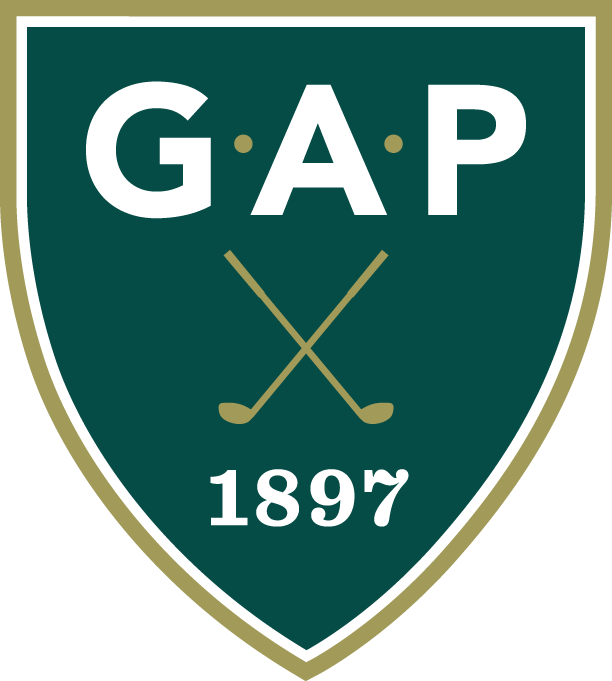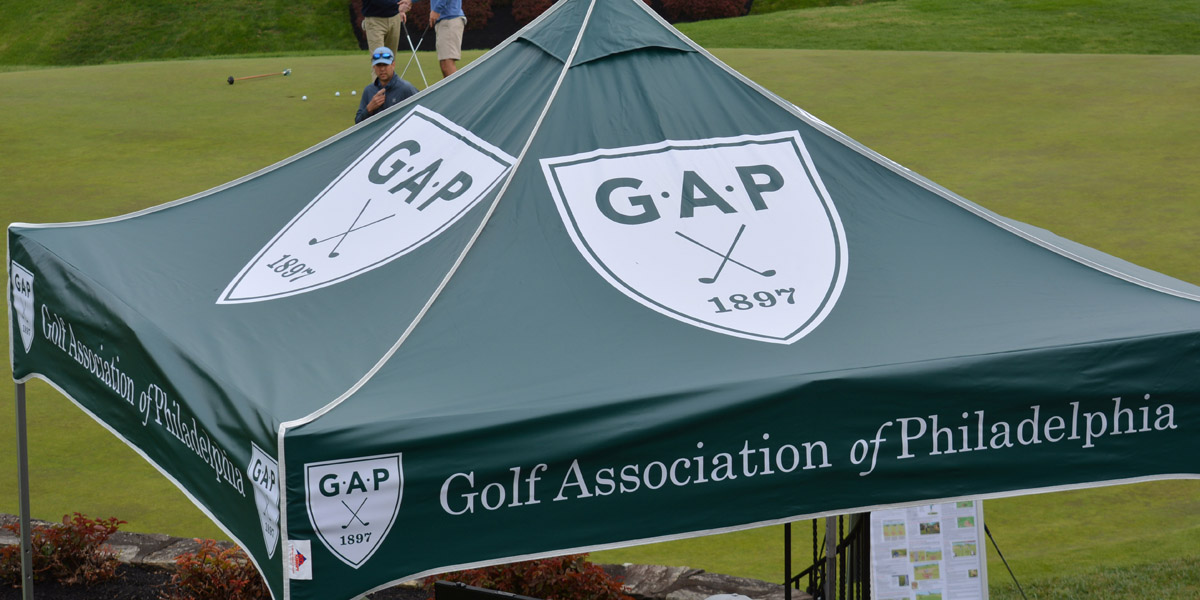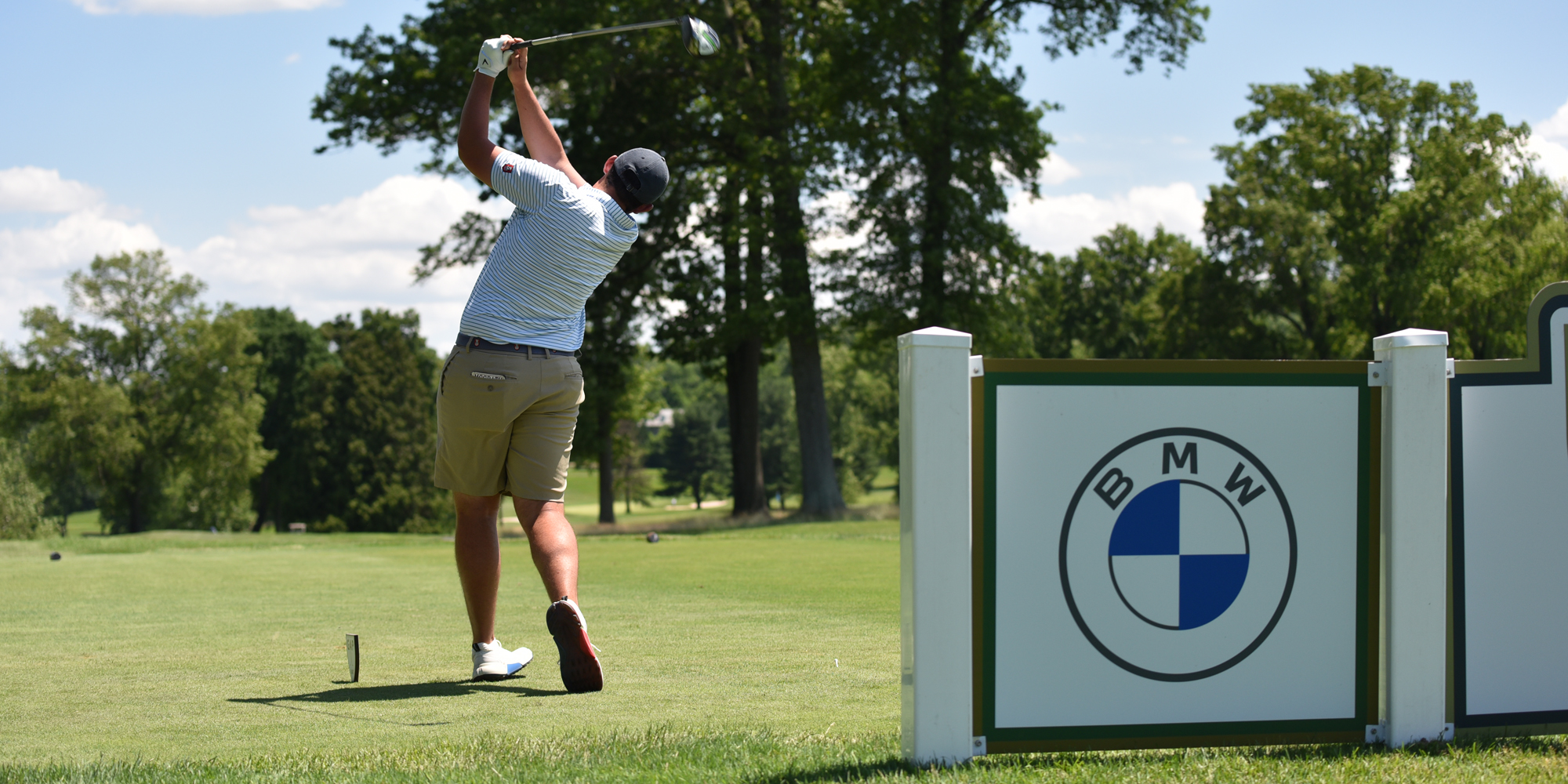Centennial Nine at Huntingdon Valley gets a makeoverHuntingdon Valley Country Club is refurbishing its Centennial Nine with two goals in mind: integrate the terrain with the club’s other 18 holes (a Toomey and Flynn production) and make a notoriously difficult stretch more enjoyable for the user. “We’ve been thinking for the last few years how can we spark a little bit more play over there. One of the biggest impediments has been that it’s really challenging for most of the membership to play, day in and day out,” Michael Gregor, the club’s greens chairman, said. “We look at Flynn and certainly try to respect all that he’s created at Huntingdon Valley, that’s for sure. With the Centennial Nine, there were a couple of changes as we re-enacted it [in 1997] that weren’t truly Flynn holes.” “It’s traditionally been known as one of the hardest nines in Philadelphia,” Andrew Green of Green Golf and Turf, Inc., the consulting firm on the Centennial Nine’s restoration, added. “We want to keep that mind and leave that stern test, but at the same time, try to make it fit within the fabric of the golf course a little better. We tried to think outside of the box about how we can respect Flynn as much as possible but create fun golf holes on the Centennial Nine.” At the heart of the restoration project is the creation of a short game area. Officials converted the current No. 6 green into a practice space. “It allowed us to look at the opportunity to practice your short game as part of your warm up experience and then hop right onto the Centennial Nine,” Green, 38, of Bel Air, Md., said. Here’s why a golfer can hop, or more accurately, walk to the first tee. The existing No. 7, a haunting par 4, will become the Centennial Nine’s first hole. Measuring 380 yards, it plays from near the existing No. 5 green to a new green that officials “uncovered” between the creeks on existing No. 7. “From a playability standpoint, the first hole is going to be kinder and gentler,” Scott Anderson, Huntingdon Valley’s superintendent, said. “This solves the clumsiness of that seventh hole: playing it short of the creek and to a great green tucked between two creeks and protected by old mounding from a water diversion swale.” A short walk to the left then takes the golfer to the course’s new No. 2 tees, which play into the existing No. 7 green along the original Flynn angle. It will be a par 3 that measures approximately 140 yards. The existing Nos. 8 and 9 will become Nos. 3 and 4. Players will then walk below an auxiliary parking lot to Nos. 5 and 6 (currently Nos. 1 and 2). “You’ll play those tough golf holes now in middle of round instead of right off the bat,” Green said. “It makes it a pretty cool experience that right after work, you can practice your short game, play the new Nos. 1 and 2 and the existing Nos. 8 and 9 and have a four-hole loop and end up right where your car is parked.” “From a construction standpoint, we recreated the modified push-up greens,” Anderson added. “They do have drainage under them, but they’re basically modified topsoil greens. That’s how we built them back in 1997. They perform.” Work on the Centennial Nine began in October 2015. “I’m excited about the ability to tweak things and allow it to stand on its history and original architecture,” Green said. “You’re not stepping on William Flynn’s toes. You’re just trying to take the things that he’s known for and make it work.” The Centennial Nine’s rebuff is part of the club’s long term plan. Bunkers on the Toomey/Flynn Course were restored in 2014. Tees will also be adjusted in an effort to “protect the golf course for the future” and “to make it more accessible for forward tee players,” Green said. Recapturing green space throughout the property is also on the agenda. “We’re looking at ways to enhance the golf experience for all the different members. We’re trying to be very cautious because the club has such a rich history and heritage,” Green said.
Golf Association of Philadelphia
|
About
Founded in 1897, GAP continues to champion golf for the benefit of the game in its region and beyond.
About HomeA Walk Through Time
GAP is the oldest state or regional golf association in the country. It started courtesy of a friendly competition – the Team Matches – and has grown into the preeminent golf association in the country. Along the way, golf history has been made.



